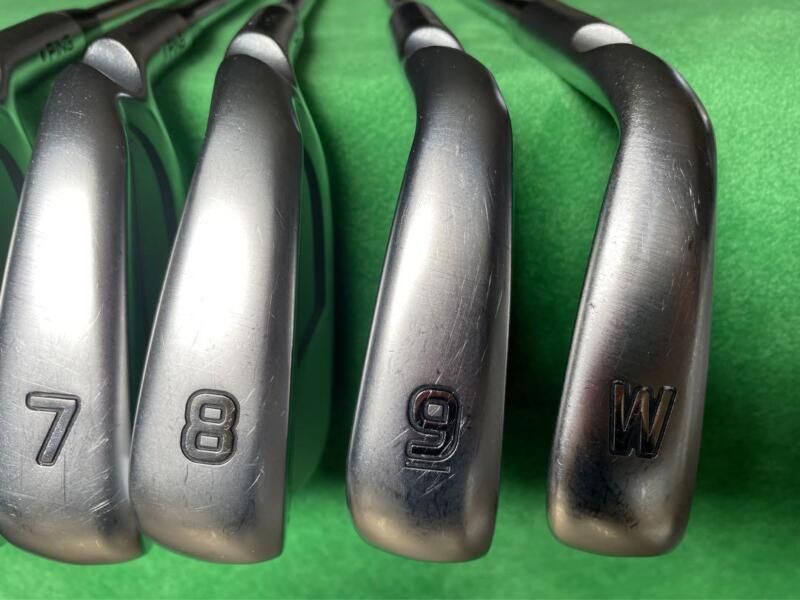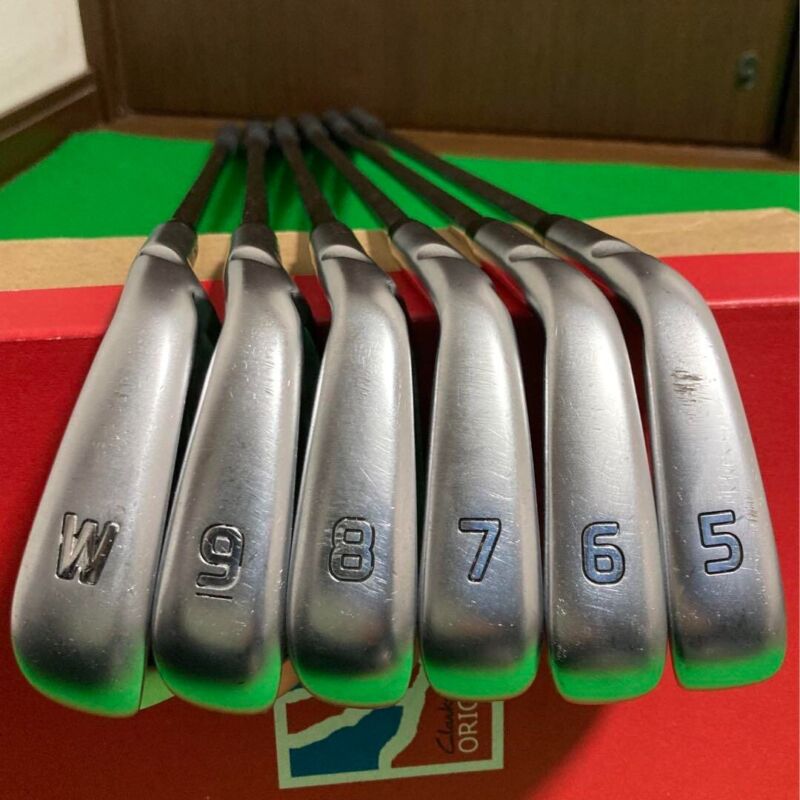When Ping first released the i500 and i200, many golfers adopted them. However, there is always going to be room for improvement.
So, when Ping announced it’s coming up with an upgrade for both series, golfers were excited and anxious at the same time.
Will the new release be a satisfactory replacement? Will it be worth it for you to exchange your old clubs for new ones?
Well, some were disappointed when the i525 and i210 came out. However, many love them for all the features and improvement that comes with them.
If you’re reading this, you’re probably among the latter. If so, read this comparison of both; it’ll help you decide the better one.
The Ping i525 is a players’ distance iron designed to provide maximum forgiveness and distance for golfers of all skill levels.
While the Ping i210 is a players’ iron designed for golfers who prioritize feel, control, and workability.
That’s the basic rundown of what you can expect from both. But let’s look at the features of each one in detail.
First, let’s consider the i525:
Ping i525 Review

Design
The Ping i525 features a cavity-back construction, thinner topline, minimal offset, and compact head shape that advanced players love.
It has a high-strength maraging steel face fused with a 17-4 stainless steel body, allowing for a larger club face and increased ball speed.
The iron is available in 3-PW and features a clean and modern chrome finish.
Performance
The i525 is designed to provide a combination of distance and forgiveness that appeals to players of all skill levels.
The thin face and cavity-back design help to increase ball speed and launch angle, while the tungsten toe weight helps to increase the MOI and stability of the club on off-center hits.
The i525 also features a hydropearl 2.0 finish that reduces friction and provides better spin control in wet conditions.
Feel and Sound
The i525 provides a solid feel and sound at impact.
The multi-material construction helps to dampen vibration and create a smooth feel at impact, while the tungsten toe weight helps to produce a solid and powerful sound.
Swing Weight
The i525 has a slightly heavier swing weight than other players’ distance irons, providing a solid and stable feel throughout the swing.
This can benefit players who prefer a heavier clubhead and want more control over their shots.
Forgiveness
Although the i525 is primarily designed for better players who prioritize distance and shot-making over forgiveness, it still provides a level of forgiveness that can benefit players of all skill levels.
The cavity-back design and tungsten toe weight help to increase the MOI and stability of the club on off-center hits, minimizing distance lost on mis-hits.
Pros:
- Thin face and cavity-back design for increased ball speed and launch angle
- Tungsten toe weight for increased MOI and stability
- Solid feel and sound at impact
- Hydropearl 2.0 finish for better spin control in wet conditions
- Slightly heavier swing weight for a stable and controlled feel
Cons:
- Expensive price point
- Less forgiving compared to game-improvement irons
- Heavier swing weight may not appeal to all players
Ping i525 is an excellent player distance iron that delivers a combination of distance and shot-making ability that appeals to better players.
Ping i210 Review

Design
This iron features a construction that combines a 431 stainless steel head with a soft elastomer insert, providing a solid and consistent feel at impact.
The iron has a thin top line and modest offset, with a compact blade length that appeals to better players.
The face features a CNC milled cavity and grooves that help to increase spin and control, while the additional elastomer helps to dampen vibration and provide a soft feel.
Performance
The Ping i210 is designed to equip golfers with outstanding precision and shot-making ability.
The iron features a traditional blade design that allows for more workability and control, while the CNC-milled cavity and grooves help to provide consistent spin and trajectory control.
The multi-material construction of the i210 also helps to provide a solid and consistent feel at impact, allowing players to hit shots without losing control.
Feel and Sound
The Ping i210 provides a soft and consistent feel at impact, with a solid and powerful sound.
The is well-built and designed to help dampen vibration and create a smooth feel, while the elastomer insert provides a soft and responsive feel that golfers of all skill levels can appreciate.
Forgiveness
Ping i210 is primarily designed for better players who prioritize feel and control over forgiveness; it still provides a level of forgiveness that can benefit players of all skill levels.
The CNC milled cavity and groove design helps to provide consistent spin and trajectory control. And the additional elastomer helps to dampen vibration and reduce the effects of off-center hits.
Pros:
- Multi-material construction for a solid and consistent feel
- CNC milled cavity and grooves for consistent spin and trajectory control
- Soft and responsive elastomer insert for a comfortable feel
- Traditional blade design for workability and control
- Lighter swing weight for a more responsive feel
Cons:
- Expensive price point
Less forgiving compared to game-improvement irons
Modest offset and compact blade length may not appeal to all players
Ping i525 vs. i210: What Are the Differences?

Construction: The Ping i525 is a distance iron featuring a multi-material construction with a high-strength steel face and a soft elastomer insert, while the i210 is a players’ iron that is a single-piece forged cavity back made from 431 stainless steel.
Loft: The i525 has a lower loft compared to the i210, which results in increased distance and a higher ball flight.
Head Design: The i525 has a larger, game-improvement-style head with a wider sole and thicker topline, while the i210 has a classic blade design with a thinner topline, minimal offset, and compact blade length.
Forgiveness: The i525 is more forgiving due to its perimeter weighting, wider sole, and higher MOI. The i210, on the other hand, is designed for maximum control and workability, making it less forgiving but better for shot shaping.
Technology: The i525 incorporates Ping’s PowerSpec technology, which optimizes the lofts of each iron to create a more consistent and efficient set. The i210 features a precision-milled face and grooves for consistent spin and trajectory control. It also comes with an elastomer insert that enhances feel and dampens vibration.
Sound and Feel: The i525 produces a more robust and solid feel at impact, while the i210 has a softer and more responsive feel.
Final Words
Overall, the Ping i525 and i210 irons have very different design philosophies and are aimed at different types of golfers.
The i525 is geared toward players who want more distance and forgiveness, while the i210 is designed for better players who prioritize feel, control, and workability.
Related Posts:
- Ping i210 vs. i500: Which is Better?
- Ping i210 vs. iBlade: What are the Differences?
- Ping i500 Vs. P790: What Are The Differences?

Want to Get Better at Golf?
Get "Ben Hogan's Five Lessons" and join thousands of others improving their golf skills.
Learn the Fundamentals: Stance and Posture > Golf Grip > The Swing.
This book has LOADS of positive reviews. THOUSANDS OF REVIEWS. A MILLION COPY SOLD. CHEAP!
Get the Book Here